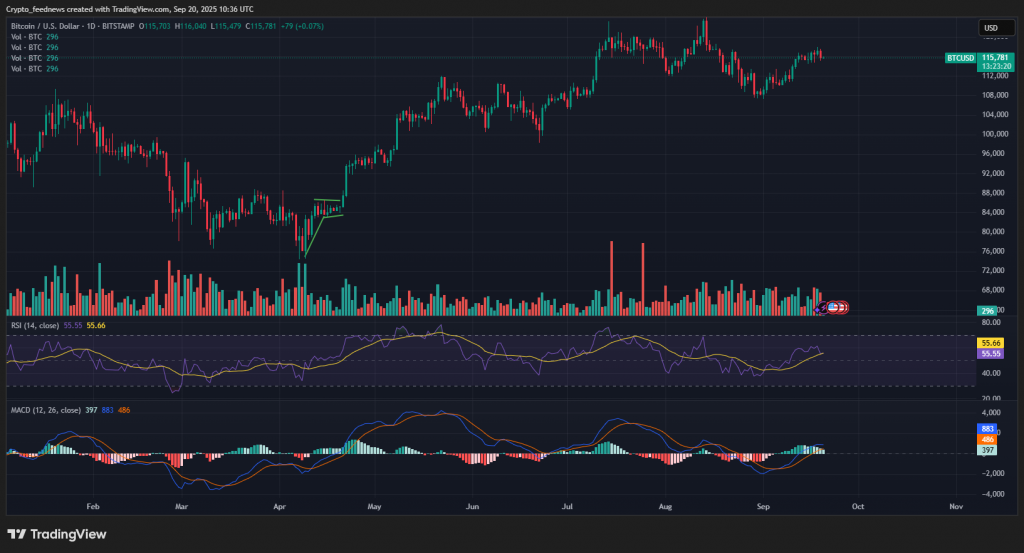Is Bitcoin losing its edge? According to Strategy CEO Michael Saylor, the answer is yes—and that’s exactly what needs to happen for its next chapter of growth.

On a recent podcast, Saylor explained that the extreme volatility that once defined BTC is finally starting to fade. While this might make the asset feel less exciting, it’s a crucial step toward mass institutional adoption.
The Institutional “Conundrum”
Saylor called it a “conundrum” for retail investors. The very thing that made Bitcoin thrilling—its wild price swings—is what kept mega-institutions on the sidelines.
“You want the volatility to decrease so the mega institutions feel comfortable entering the space and size,” Saylor stated. He compared the current mood to a adrenaline crash, noting that some traders are feeling “a little bearish” now that the constant excitement is wearing off.
In short, a calmer, more predictable BTC is a stronger Bitcoin in the eyes of the large funds that can move markets.
Bitcoin ‘s Current Standoff
After hitting an all-time high of $124,100 in mid-August, Bitcoin has cooled off and is now consolidating around $115,760. The market is clearly divided on what comes next.

Some analysts, like Arthur Hayes, believe BTC could still rocket to $250,000 this year. Others foresee a slower climb or even a sharp pullback.
Technically, Bitcoin needs to break and hold above the $117,000 resistance level to set up a run toward new highs. So far, it has found strong support at $115,000, especially after the Federal Reserve’s recent 25 basis point rate cut.
Signs of a Maturing Market
The data shows that institutions aren’t just talking; they’re investing. On a single day in September, U.S. spot Bitcoin ETFs saw $223 million in inflows, with the vast majority going to BlackRock’s IBIT.
Furthermore, public companies now hold a staggering $118 billion worth of BTC on their balance sheets. This deep corporate adoption is creating a supply squeeze, as fewer coins are available on exchanges and long-term holders are selling cautiously instead of panicking.
Meanwhile, the altcoin rotation that drove markets earlier appears to be losing steam. BTC is holding its ground in September—a month that has historically been brutal for crypto—and is already up over 8% for the month.
Saylor calls this the beginning of a “digital gold rush” that will play out over the next decade. While this new phase might feel less thrilling, it’s a powerful sign that Bitcoin is evolving from a speculative asset into a mature pillar of the global financial system.

